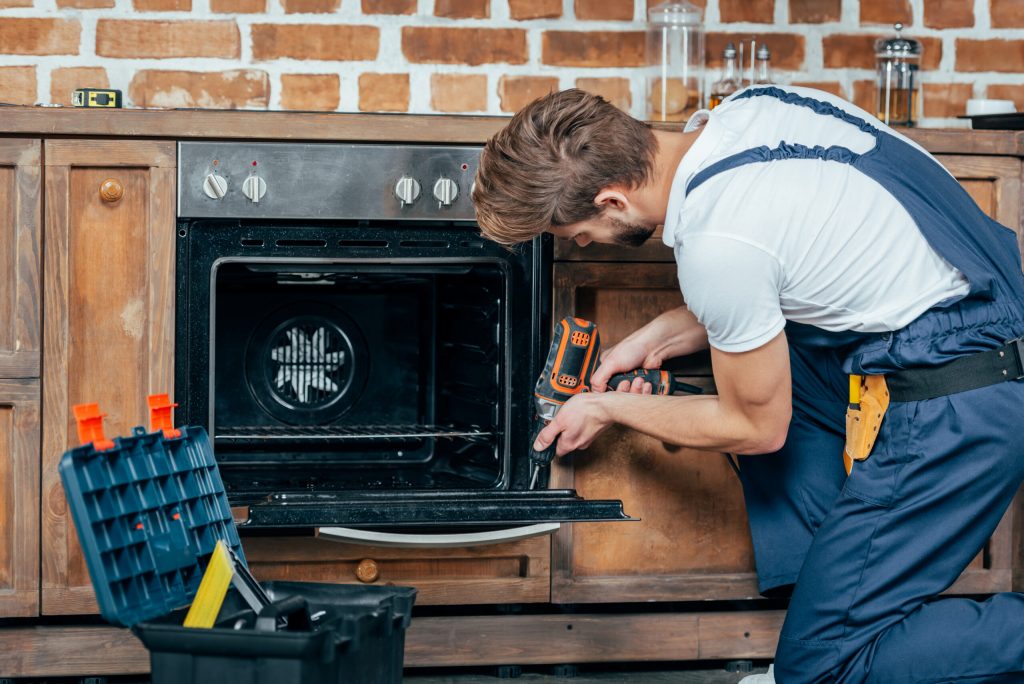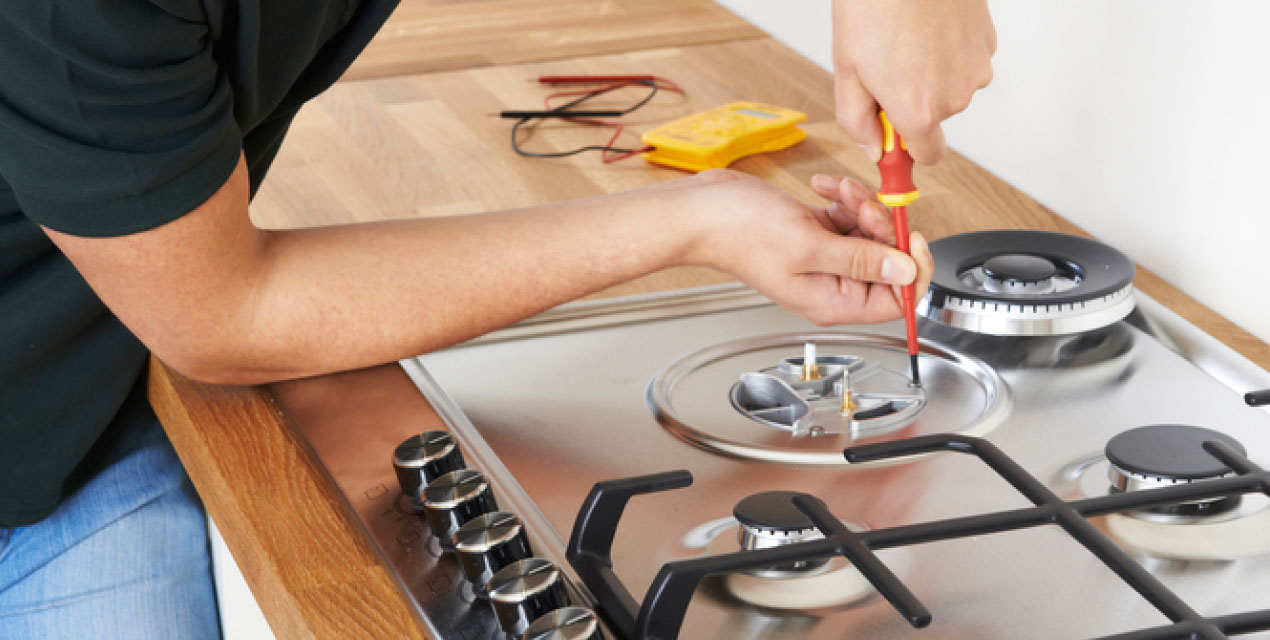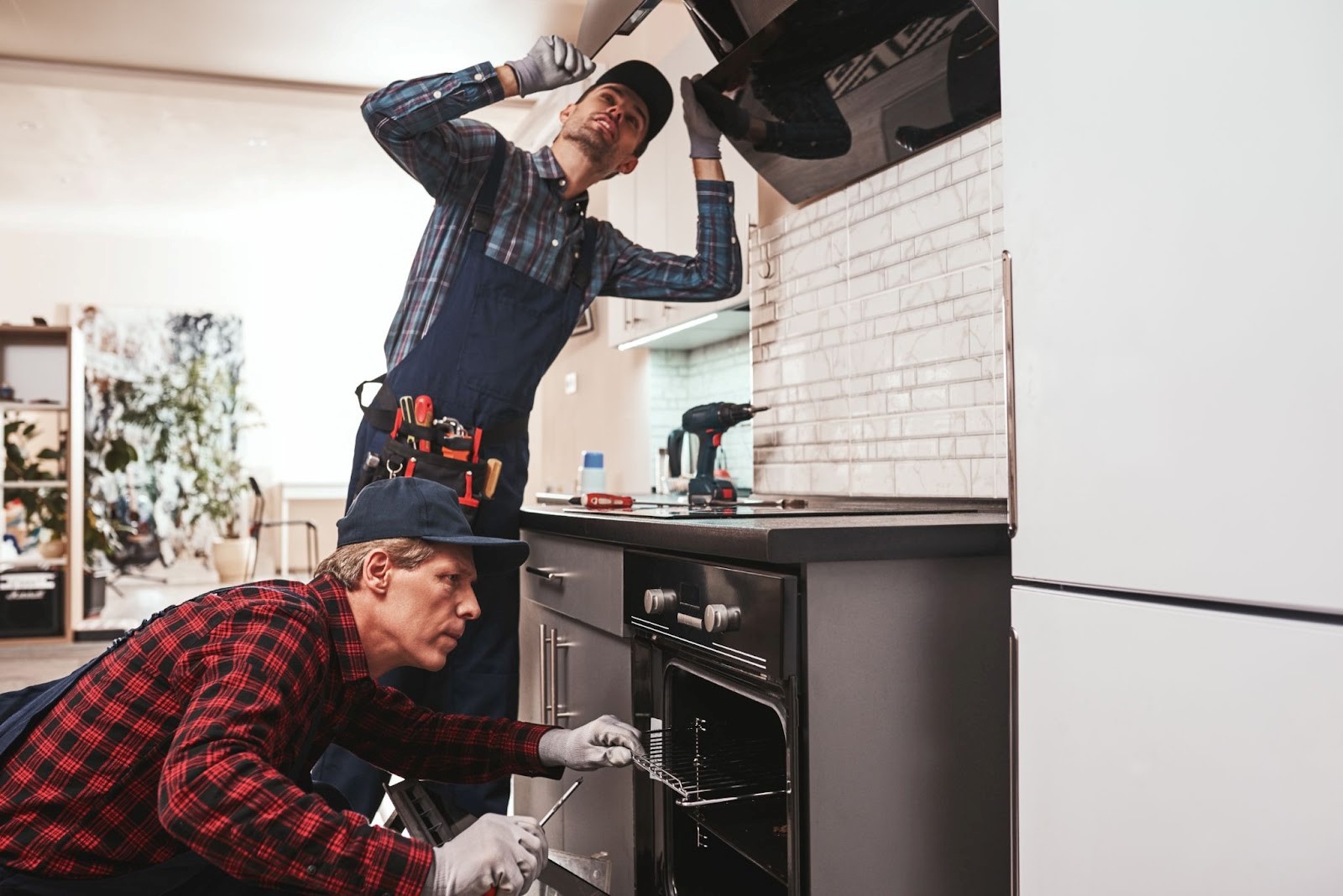If your stove isn’t heating up, you’re not alone. This is one of the most common issues homeowners face in the kitchen. Whether you’re using your stove to cook a quick breakfast or prepare a family dinner, it’s frustrating when it just won’t heat. There are many reasons why this could happen—and understanding them can help you decide whether you can fix the issue yourself or need professional stove repair.
In this guide, we’ll break down the most common causes of a non-heating stove, explain what you can do about each one, and help you know when it’s time to call in an expert.
1. The Burner or Heating Element is faulty
Electric stoves use coil burners or smooth-top heating elements. If one of them isn’t heating up, it may be burned out or damaged. This is often visible—look for cracks, bubbles, or dark spots. If the heating element doesn’t glow when turned on, it’s probably faulty. You can test this by switching the burner with one that works. If the swapped burner still doesn’t heat, the problem may be deeper in the stove. At this point, professional stove repair may be the safest solution.2. The Igniter is Not Working (Gas Stove)
If you have a gas stove and it won’t light, a broken igniter is often the reason. You may hear clicking, but no flame appears. That’s a clear sign the igniter is not producing a strong enough spark to ignite the gas. Cleaning the igniter with a toothbrush might help, but if it still doesn’t work, it likely needs replacing. Handling gas components can be dangerous, so it’s wise to call a stove repair technician if you’re not sure.3. Power Supply Problems
Sometimes the issue isn’t with the stove at all—it’s with the power supply. For electric stoves, check if the cord is properly plugged in. Also, check your home’s circuit breaker; a tripped breaker can cut power to the stove. If everything looks fine and your stove still won’t turn on or heat, there could be internal wiring problems. In this case, it’s best to leave the inspection to a licensed stove repair expert.4. Temperature Control or Thermostat Malfunction
Modern stoves often have temperature sensors or thermostats to control heat levels. If these are not working correctly, your stove might not heat at all or heat unevenly. You may notice food not cooking fully or the burners going cold unexpectedly. Fixing this issue typically requires replacing the faulty control parts, which is a job best left to a professional. A skilled technician can quickly diagnose and fix the problem with proper stove repair tools and parts.5. Loose or Damaged Wiring
Wiring problems can be tricky. If your stove is getting power but still not heating, the issue might be with internal wires that have become loose, frayed, or disconnected. Trying to fix electrical wiring on your own can be risky and might void your appliance warranty. Calling a trained stove repair specialist ensures the issue is fixed safely and correctly the first time.6. Blocked Gas Line (Gas Stove Only)
If you smell gas or suspect a leak, it’s possible that the gas line is partially blocked or not fully open. This can prevent gas from reaching the burners, which stops your stove from heating. This is not something you should try to fix yourself. Gas issues should always be handled by licensed professionals trained in stove repair and gas safety.7. Control Board Failure
In some high-end or modern stoves, the control board manages everything from burner temperature to power flow. If it fails, your stove may not function at all. This issue usually requires diagnosis with special tools. Replacing a control board can be costly, but in many cases, it’s worth it compared to buying a new stove. A qualified stove repair company can advise you on whether repair or replacement is the better choice.When Should You Call a Stove Repair Professional?
If basic troubleshooting doesn’t fix the issue—or if the problem involves gas, wiring, or internal components—it’s time to call a professional. Attempting repairs without the right experience can be dangerous and may cause more harm than good.Skilled stove repair technicians have the right tools, parts, and know-how to quickly find the problem and fix it safely. Getting expert help also saves you time and reduces the risk of recurring issues.



